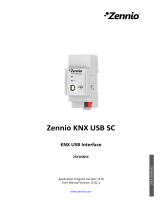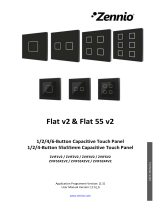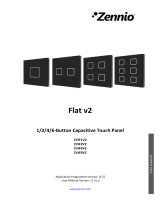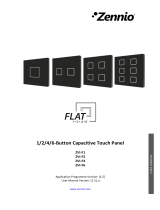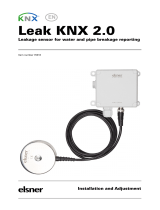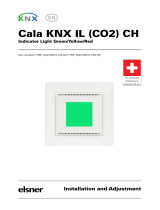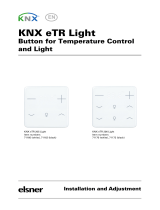Temperature Protection [No / Overheating / Overcooling / Overheating and
Overcooling]: drop-down list with the following options:
➢ No: no temperature protection is required.
➢ Overheating: overheating protection is required. Two extra parameters will
come up:
• Overheating Temp. [-30…40…125] [ºC]: maximum temperature
permitted, in ºC. Temperature readings greater than this will be
considered overheat, and therefore a “1” will be periodically sent
through object “[Temp] Overheat”. Once the overheat is over, a “0” will
be sent (once).
• Hysteresis [1…20…200] [0.1 ºC]: dead band or threshold (in tenths of
a degree) around the overheat temperature defined above. This dead
band prevents the device from sending the overheat alarm and no-
alarm over and over when the current temperature keeps fluctuating
around the overheat limit (T): once the overheat alarm has been
triggered, the no-alarm will not be sent until the current temperature is
lower than that T minus the hysteresis. After that, if the current
temperature reaches T again, the alarm will be re-sent.
➢ Overcooling: overcooling protection is required. Two extra parameters
(analogous to the above two) will come up:
• Overcooling Temp. [-30…10…125] [ºC]: minimum temperature
permitted, in ºC. Temperature readings lower than this will be
considered overcool, and therefore a “1” will be periodically sent
through object “[Temp] Overcool”. After the overcool is over, a “0” will
be sent (once).
• Hysteresis [1…20…200] [0.1 ºC]: dead band or threshold (in tenths of
a degree) around the overcooling temperature. As for the overheat,
once the alarm has been triggered, the no-alarm will not be sent until
the current temperature is greater than T plus the hysteresis. After that,
if the current temperature reaches T again, the alarm will be re-sent.




















